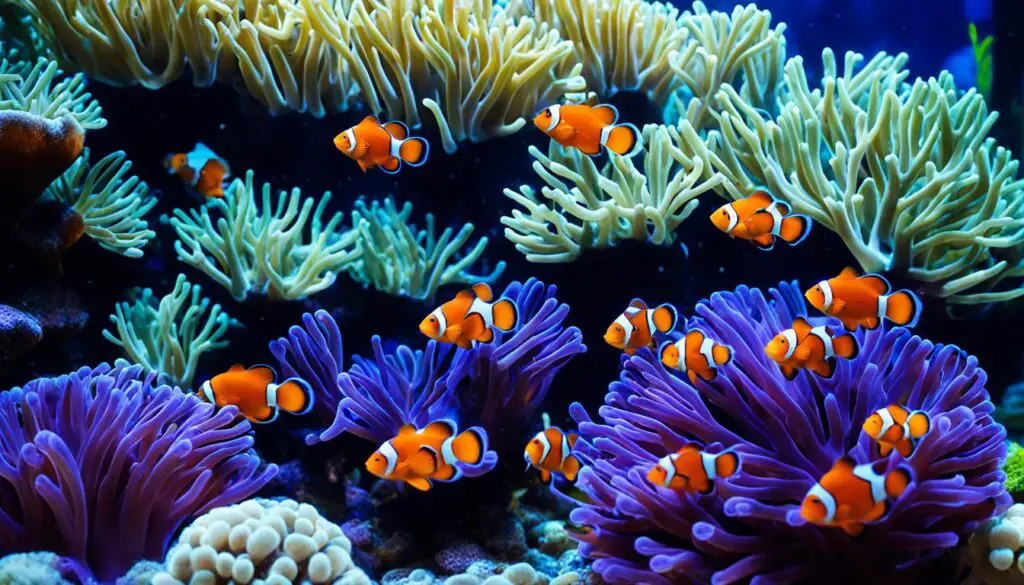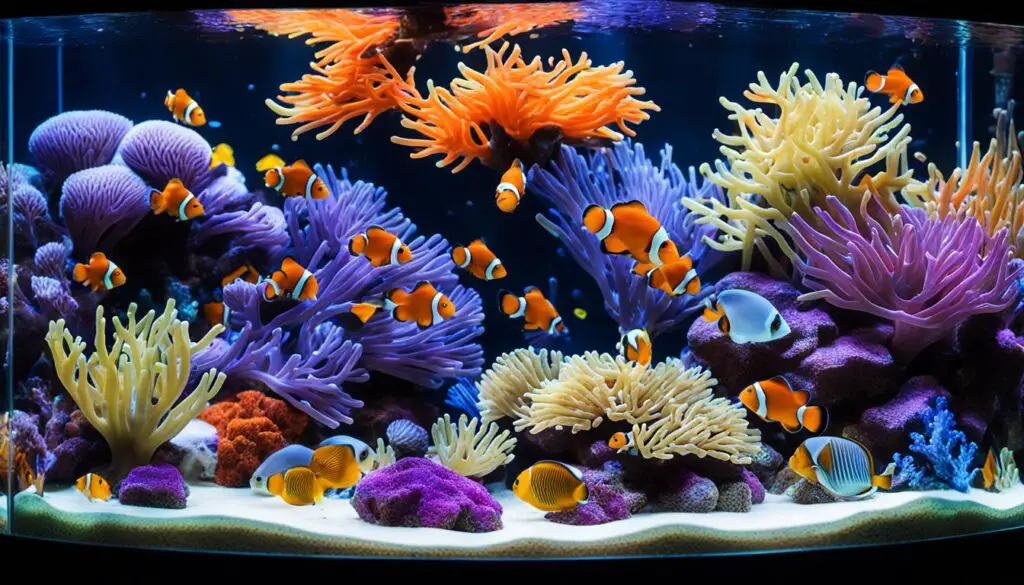What Sea Turtles Eat
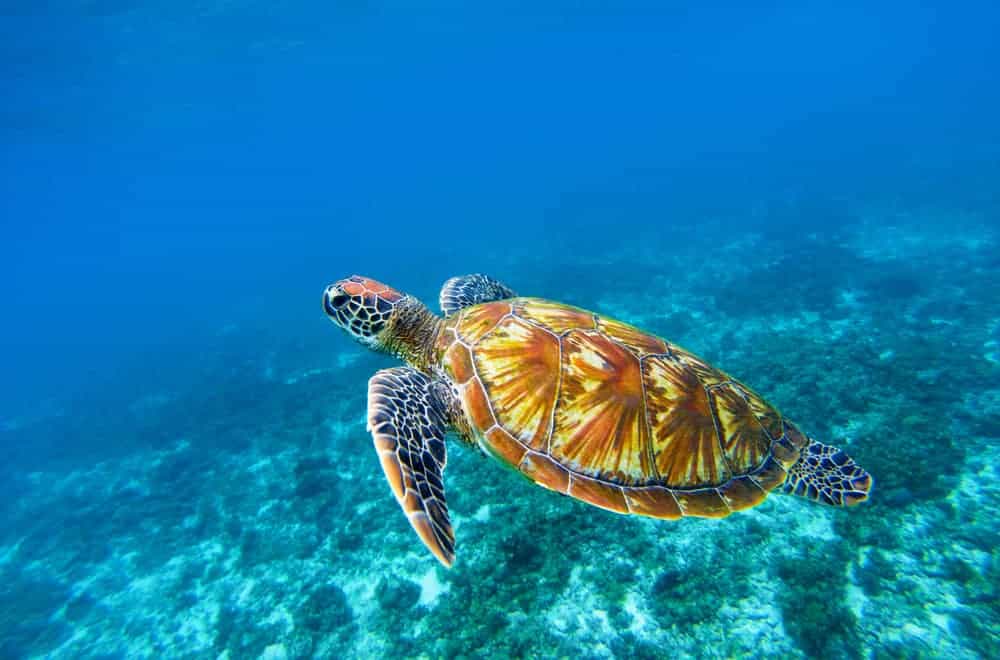
Introduction
What Sea Turtles Eat: Sea turtles, majestic creatures of the ocean, have captured the imaginations of people worldwide with their graceful movements and ancient lineage that dates back over 100 million years. While their iconic appearance and nesting habits have garnered much attention, one of the lesser-known aspects of these marine reptiles is their diet.
As their feeding habits can vary depending on the species and their life stage. These remarkable creatures are generally classified into seven species, with the most recognized being the loggerhead, green, hawksbill, and leatherback turtles. Each of these species has specific preferences when it comes to food, reflecting their adaptability to different marine environments.
Sea turtles are primarily herbivores or omnivores, with their diet evolving as they grow and mature. Hatchlings, for instance, often consume tiny marine organisms like plankton, algae, and small aquatic invertebrates. As they grow into juveniles and adults, their diets can shift towards a more herbivorous nature, primarily consisting of seagrasses and algae. However, some species, such as the loggerhead, incorporate a significant portion of carnivorous items like crabs, jellyfish, and other small marine creatures into their diets.
Understanding what sea turtles eat is crucial not only for their conservation but also for preserving the health and balance of marine ecosystems. These creatures play a vital role in maintaining the health of seagrass beds and controlling jellyfish populations, making their dietary habits of utmost ecological importance.
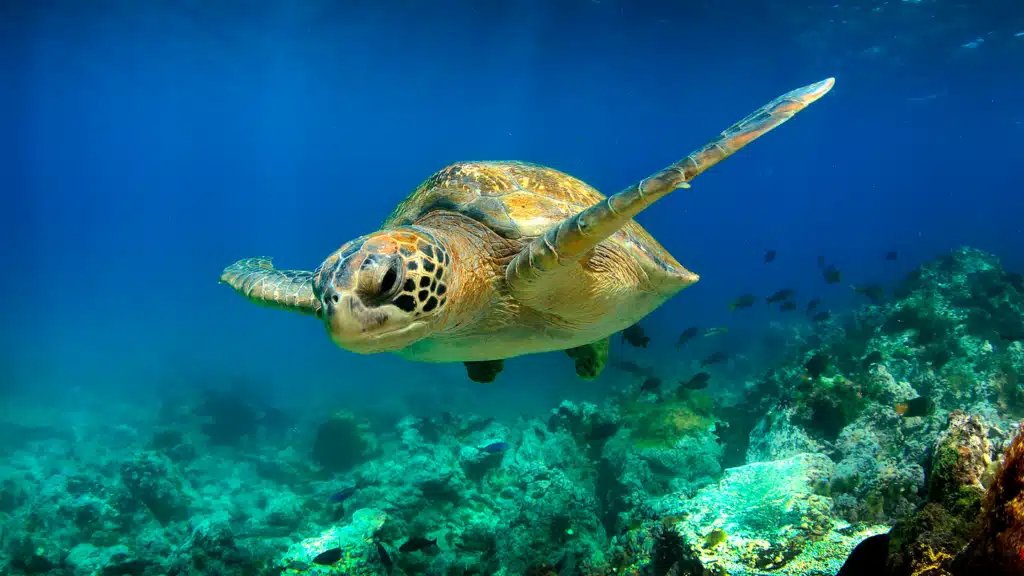
What foods do turtles eat?
What Live Food Can Turtles Eat?
- Feeder fish, such as goldfish, guppies, bait minnows, and smelt.
- Insects, such as earthworms, waxworms, mealworms, and bee moth larvae.
- Shellfish.
- Brine shrimp.
- Slugs.
- Snails.
Turtles are a diverse group of reptiles, and their dietary preferences can vary significantly among different species. Broadly categorized, turtles can be herbivores, omnivores, or carnivores, depending on their specific adaptations and environments.
Herbivorous turtles primarily consume plant matter, such as aquatic plants, algae, and seagrasses. These turtles have specialized jaws and digestive systems adapted for grinding and processing plant material. For example, the green sea turtle is a famous herbivore, feeding primarily on seagrasses and algae.
Omnivorous turtles have a more varied diet, incorporating both plant and animal matter into their meals. They might eat insects, small fish, aquatic invertebrates, and various plants. The red-eared slider, a common pet turtle, is an example of an omnivorous species.
Carnivorous turtles are predators that primarily feed on animal prey. They can have sharp beaks and strong jaws, allowing them to catch and consume fish, crustaceans, and other aquatic creatures. Snapping turtles and some species of softshell turtles fall into this category.
What turtles eat largely depends on their species, habitat, and size. Their dietary diversity showcases their adaptability and the crucial role they play in maintaining the ecological balance of the ecosystems they inhabit. Understanding these dietary preferences is essential for their conservation and ensuring their continued existence in our natural world.
What do green sea turtles eat?
Green turtles are the only herbivorous species of sea turtle. Their diet mainly consists of algae and seagrasses, though they may also forage on sponges, invertebrates, and discarded fish.
Green sea turtles, iconic inhabitants of our planet’s oceans, are primarily herbivorous creatures with a diet centered around marine plants. Their name is derived from the greenish color of their body fat, a result of their consumption of algae and seagrasses.
The bulk of a green sea turtle’s diet consists of seagrasses, which are a critical component of coastal and marine ecosystems. These turtles use their strong jaws to tear seagrass leaves and grind them down for digestion. Their digestive system is specially adapted to break down plant matter, and they can process fibrous material efficiently.
Algae, particularly red and brown algae, are another significant part of their diet. Green sea turtles are known for their ability to scrape algae from rocks and other surfaces underwater. This adaptation allows them to diversify their diet and thrive in different marine environments.
Green sea turtles’ herbivorous habits have a profound impact on their ecosystems. They help control seagrass growth, preventing overgrazing and maintaining the health of seagrass beds. Additionally, their consumption of algae contributes to nutrient cycling in the ocean, benefiting other marine life.
Despite their herbivorous nature, green sea turtles may occasionally ingest small invertebrates or jellyfish, but these make up a minor part of their diet. Understanding the dietary preferences of green sea turtles is crucial for their conservation and underscores their vital role in preserving the health and balance of marine environments.
What do baby sea turtles eat?
Baby Sea Turtle Facts
Sea turtle hatchlings eat a variety of prey including things like molluscs and crustaceans, hydrozoans, sargassum sea weed, jellyfish, and fish eggs. Unfortunately, hatchlings also mistake garbage and objects like tar balls as food and ingest them.
Baby sea turtles, often referred to as hatchlings, have a diet quite distinct from that of their adult counterparts. Their diet is primarily carnivorous during their early life stages. When hatchlings emerge from their nests on sandy beaches, their first meal typically consists of the remaining yolk sac.
Once in the water, baby sea turtles primarily feed on tiny marine organisms and small prey that are readily available to them. Their diet commonly includes plankton, small aquatic invertebrates, and small fish larvae.
As they grow and mature, their dietary preferences may shift towards a more herbivorous nature, similar to adult sea turtles. This transition can vary depending on the species and the available food sources in their particular marine environment.
The early life stage diet of baby sea turtles is crucial for their survival and growth during the vulnerable period when they are most susceptible to predation. Predators such as birds, crabs, and fish often prey on these tiny hatchlings as they make their way from their nests to the safety of the ocean. Understanding what baby sea turtles eat and the challenges they face in the wild is essential for their conservation efforts, as these young turtles are the future of their species.
What is a turtle’s favorite food?
Animal-based food sources for turtles can include processed pet foods like drained sardines, turtle pellets, and trout chow. You can also feed them cooked chicken, beef, and turkey. Live prey can include moths, crickets, shrimp, krill, feeder fish, and worms.
A turtle’s favorite food largely depends on its species, size, and habitat. Turtles exhibit a wide range of dietary preferences, making it challenging to pinpoint a single favorite food. However, there are some common foods that many turtles enjoy:
Aquatic Plants: Many freshwater turtles, such as red-eared sliders and painted turtles, have a preference for aquatic plants like duckweed, water lettuce, and water hyacinth.
Insects and Invertebrates: Some turtle species, like box turtles and wood turtles, relish insects, worms, and other small invertebrates. These protein-rich foods are particularly appealing to terrestrial turtles.
Fish: Larger aquatic turtles, including snapping turtles and softshell turtles, have a carnivorous streak and enjoy fish as part of their diet. They are known for their hunting skills in capturing fish and other aquatic prey.
Fruits and Vegetables: Some pet turtles, like Russian tortoises and sulcata tortoises, enjoy a varied diet that includes fruits and vegetables. Leafy greens, carrots, and fruits like strawberries and melons can be among their favorites.
Algae and Seaweed: Marine turtles, such as green sea turtles, favor algae and seagrasses.
Overall, a turtle’s favorite food is influenced by its natural environment and evolutionary adaptations. Providing a balanced diet that mimics their natural preferences is essential for their health and well-being, whether they are wild or kept as pets.
What do sea turtles like to eat the most?
Listed below are the most commonly consumed prey for each species of sea turtle: Green: algae, seagrasses, and seaweed. Leatherback: jellies and other soft-bodied invertebrates like tunicates and sea squirts. Loggerhead: crabs, conchs, whelks, and horseshoe crabs.
Sea turtles are primarily herbivores, with their diet varying depending on the species and age. Green sea turtles, for instance, are known to be predominantly herbivorous, favoring seagrasses and algae. These marine reptiles play a crucial role in maintaining the health of seagrass beds, as they graze on them, promoting new growth and preventing overgrowth that can smother the plants. Loggerhead turtles, on the other hand, have a more diverse palate. They consume a wide array of prey, including crustaceans, jellyfish, and mollusks.
Leatherback turtles, the largest of all sea turtle species, possess a unique diet centered around jellyfish. Their mouths are equipped with specialized papillae that allow them to grasp and consume these gelatinous creatures. Hawksbill turtles have a distinctive preference for sponges, which makes up a significant portion of their diet. Olive ridley turtles, while primarily carnivorous, also consume some plant material.
Despite these general preferences, sea turtle dietary habits can be influenced by factors such as availability of food sources and individual preferences. Their feeding habits are intricately tied to the health of marine ecosystems, making them vital players in maintaining the balance of underwater habitats around the world.
How do sea turtles find their food?
Sea turtles rely on a combination of instinct, sensory adaptations, and environmental cues to locate their food. One crucial sense they employ is vision. While underwater, their large, sensitive eyes allow them to distinguish shapes and movements, aiding in the detection of prey. Some species, like the hawksbill turtle, are particularly adept at maneuvering in coral reefs, where they find their preferred food source, sponges.
In addition to vision, sea turtles have an exceptional sense of smell. They possess specialized glands near their eyes that help them detect chemical signals in the water, allowing them to locate food sources, especially when visibility is low. This keen olfactory sense is particularly vital for species like the loggerhead, which feed on bottom-dwelling organisms.
Sea turtles are attuned to the Earth’s magnetic field. This biological compass aids in their navigation across vast ocean expanses and potentially assists in locating specific feeding grounds. Additionally, they may rely on their memory and learned behavior to revisit areas where they have previously found abundant food resources.
Are sea turtles important for marine ecosystems?
Sea turtles play a pivotal role in maintaining the health and balance of marine ecosystems. Their feeding habits, particularly of herbivorous species like the green sea turtle, help regulate seagrass beds. By grazing on seagrasses, they prevent overgrowth, allowing new shoots to thrive and providing essential habitats for numerous marine species.
Sea turtles are instrumental in controlling jellyfish populations. Leatherback turtles, with their specialized diet, help prevent jellyfish blooms, which can disrupt the delicate equilibrium of the marine food web. By keeping the jellyfish numbers in check, sea turtles indirectly safeguard the populations of fish species that may fall prey to these gelatinous creatures.
Their nests, dug in the sand, contribute to nutrient cycling on beaches. The organic matter from eggs and hatched turtles provides essential nutrients for coastal vegetation, promoting dune stability and enhancing the overall resilience of coastal ecosystems.
Moreover, sea turtles serve as indicators of ocean health. Their population status reflects the state of marine environments, making them valuable sentinels for assessing the impacts of pollution, habitat degradation, and climate change.
In essence, sea turtles are linchpins in the intricate web of marine life, and their conservation is not only crucial for their own survival but also for the overall well-being of coastal and oceanic ecosystems worldwide.
Do all sea turtle species eat the same things?
Their feeding habits vary based on factors such as species, age, and environmental conditions. Green sea turtles are predominantly herbivores, favoring seagrasses and algae, which make up the majority of their diet. They play a crucial role in seagrass bed maintenance by grazing on them, promoting new growth.
Loggerhead turtles have a more varied diet compared to greens, consuming a wide range of prey including crustaceans, jellyfish, and mollusks. Leatherback turtles, the largest of all sea turtle species, are unique in their preference for jellyfish. Their specialized mouths are designed to efficiently consume these gelatinous creatures.
Hawksbill turtles have a distinctive penchant for sponges, making up a significant portion of their diet. Olive ridley turtles are primarily carnivorous but also incorporate some plant material into their diet.
Despite these general tendencies, individual preferences and food availability in their respective habitats can influence their diet. Therefore, while there are commonalities, each species has its own specialized feeding habits that contribute to the ecological balance of their specific marine environments.
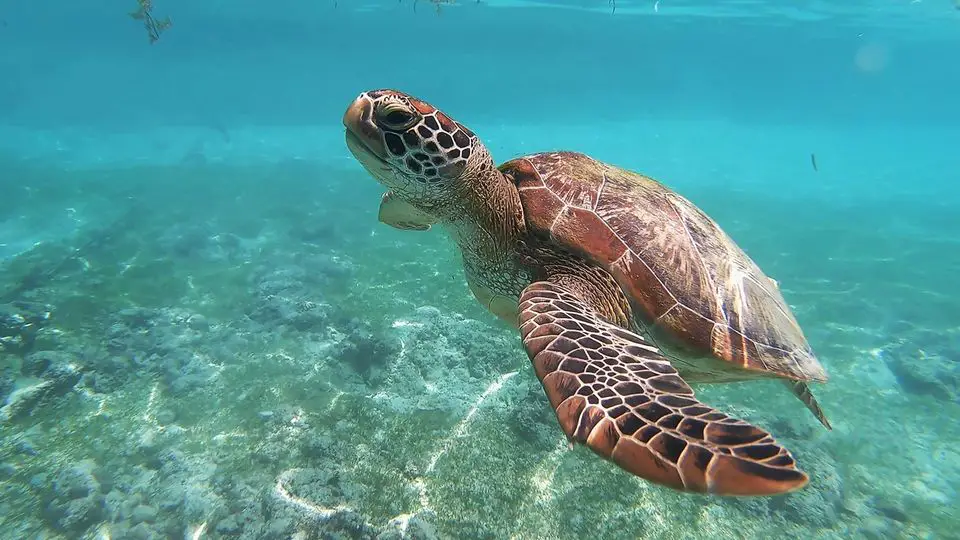
Conclusion
The dietary habits of sea turtles are a remarkable testament to their adaptability and importance within marine ecosystems. These ancient creatures, spanning seven distinct species, exhibit a wide range of preferences when it comes to food, evolving from tiny plankton consumers in their early life stages to herbivorous and even partially carnivorous adults.
The significance of understanding what sea turtles eat cannot be overstated. Their consumption of seagrasses helps maintain the health of coastal habitats, acting as ecosystem engineers that prevent overgrowth and protect vital breeding grounds for many marine species.Their predation on jellyfish serves as a crucial natural control mechanism, preventing jellyfish blooms that can disrupt fisheries and endanger human activities in the ocean.
Despite their ecological importance, sea turtles face numerous threats, including habitat destruction, pollution, climate change, and accidental capture in fishing gear. Conservation efforts are essential to safeguard these creatures and the delicate balance they help maintain in our oceans. Protecting sea turtles and their habitats not only ensures their survival but also contributes to the overall health and sustainability of marine environments.
What sea turtles eat and their broader role in the oceans, it is our collective responsibility to take action to preserve these magnificent creatures and the ecosystems they inhabit. Through research, education, and conservation initiatives, we can ensure a brighter future for sea turtles and the countless species that depend on them.


